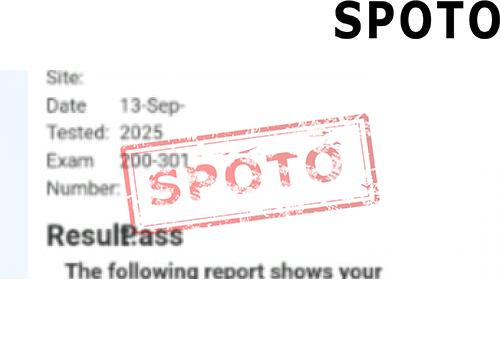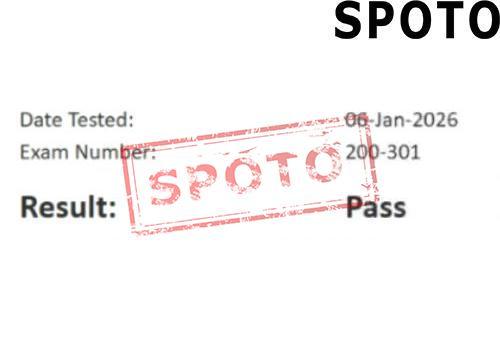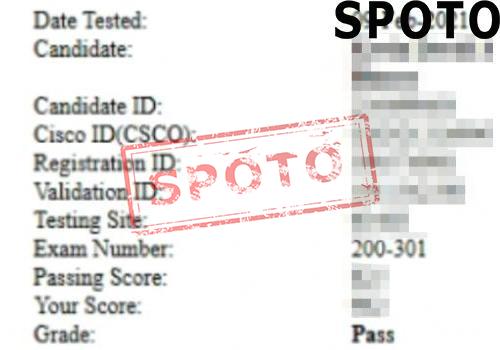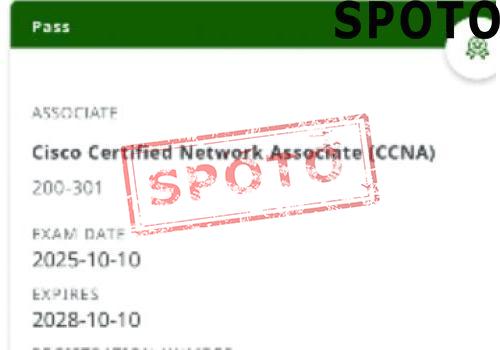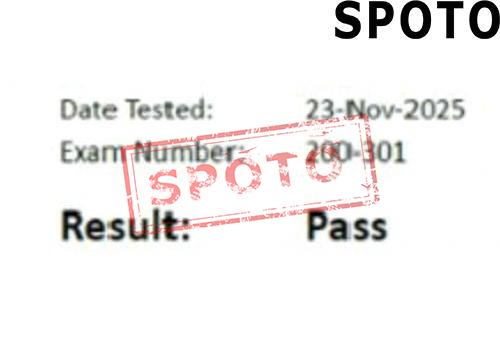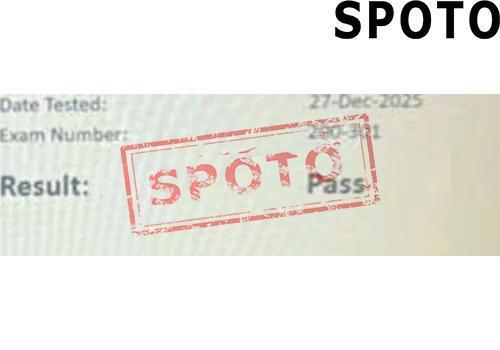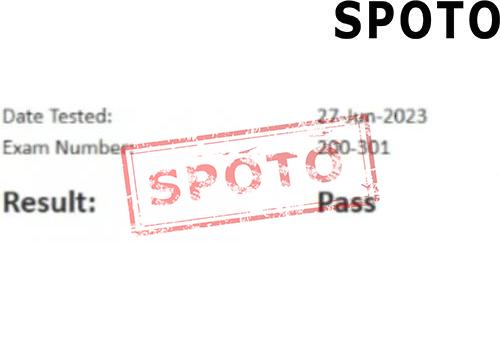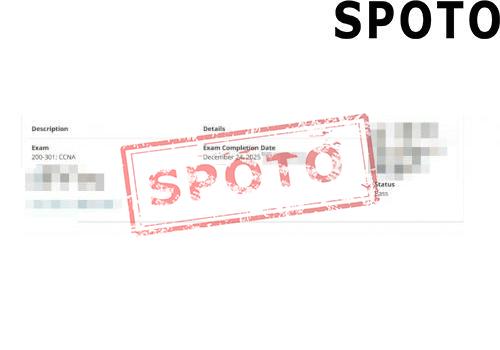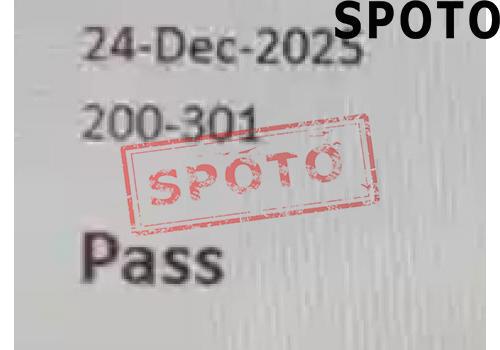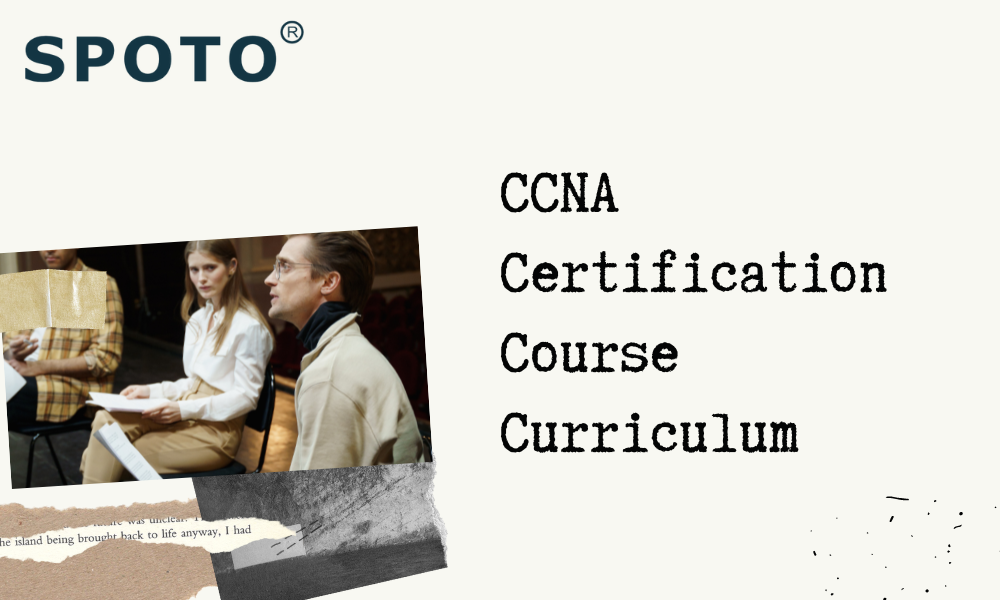
CCNA Certification Course Curriculum
Students have four options for training: e-learning and classroom training; digital subscription; private group training; These are the topics you need to study for the CCNA exam.
Network fundamentals account for 20% of the exam.
It would help if you first described the purpose and function of network devices, such as routers, layer two and layer three switches, next-generation firewalls, access points, intrusion detection systems (IPS), controllers, endpoints, and servers. In the second section, network basics will describe the characteristics of different network topology architectures, such as spine-leaf (two-tier), three-tier, spine-leaf, wide-area network (WAN), small offices/home offices, cloud, and power over Ethernet (PoE).
Network access is 20% of the exam.
This curriculum component evaluates students' ability to establish and verify a typical VLAN range that spans many switches. It includes access ports and connection ports as well as default VLAN settings. The Cisco Discovery Protocol and LLDP mechanisms are used to evaluate the ability of students to set up and confirm layer two discovery techniques. Next in the CCNA curriculum is EtherChannel configuration and validation.
The CCNA exam tests your ability to explain and identify the basic operations of Rapid PVST+ Spanning tree Protocol. This includes the root port, root bridge (primary/secondary), other port names, statuses, and PortFast benefits. The exam will ask you to compare access point (AP) modes with Cisco Wireless Architectures.
Also, you will be asked to describe Telnet, SSH, and HTTP, HTTPS terminals, as well as TACACS+/RADIUS administrative access connections for APs. Finally, you will be evaluated on your ability to configure wireless LAN access to client connectivity using graphical interfaces. This includes WLAN setup, security settings, and advanced WLAN settings.
IP connection is 25% of the exam.
The CCNA exam curriculum will test your knowledge of default forwarding decisions made in routers. This includes the routing protocol metric, longest match, administrative fare, and routing distance. You will be assessed on your ability to read and decode the routing table's elements such as prefix, network mask next-hop, the administrative distant, metric, gateway of last resort, routing protocol code, routing protocol code, routing protocol code, routing protocol code, routing protocol, network mask, routing protocol code, routing protocols, routing protocol codes, routing protocol codes, routing protocol, metric, the gateway of last resort, and routing method code.
Next, you'll be asked questions about configuring and testing IPv4 static routing. This includes the default, network, and host options, as well as floating static options. The next step is to assess your ability to configure and verify single-area OSPFv2, including router ID, point/point, broadcast (DR/BDR select), and neighbor adjacencies. Also, you will need to explain the role of the first-hop redundancy protocol for an IP connection.
IP services account for 10% of the exam.
Your ability to configure and verify within source Network Address Translations (NAT) using static and pool configurations will be evaluated. Next, you will be tested on your ability to configure and verify the client and server modes of Network Time Protocol (NTP)'s operation.
The CCNA curriculum will test your knowledge of SNMP in network operations. Also, you will be required to explain how Syslog features such as levels or capabilities, are used.
You will be tested on your skills in setting up and verifying DHCP relays and clients. Forwarding per-hop behavior (PHB) will be tested. This includes categorization and marking, queuing and congestion, and shaping. You will be assessed on your ability to set up network hardware for remote accessibility using Secure Shell Protocol.
15% of the exam will be devoted to security fundamentals
This section of the CCNA curriculum will require you to identify essential security concepts, such as vulnerabilities, attacks, and mitigation techniques. You will also be asked to list security software components. You will be asked to set up local passwords for device control. This means you must be able to describe the details of security password rules, such as complexity, management, and alternative passwords.
Your understanding of remote access and site-to-site private networks (VPNs) will also be evaluated. This module is crucial in that it includes verification and configuration of access control lists.
Next, you will need to configure layer two security features. Next, you'll need to differentiate between authorization, authentication, and accounting topics. You will also need to discuss wireless security protocols, WLAN configuration using Wi-Fi Protected Access 2-Pre-Shared Key (WPA2 PSK).
Automating and programming, which accounts for 10% of the exam
Automation is a significant influence on network management today. Also, you will be asked to compare controller-based network management with traditional networks. Next, you'll need to explain the differences between software-defined and controller-based designs. These are distinct application programming interfaces (APIs).
The final step is to compare traditional device management with Cisco DNA Center-supported device management. You will need to know how to identify the characteristics of REST APIs that can be used for tasks such as "create, read and update and delete (CRUD), HTTP verbs and data encoding" as part of the CCNA curriculum. You will also need to be able to read JSON-encoded data, recognize the capabilities of Puppet and Chef configuration management tools, and be ansible.
Takeaway
Companies need certifications like CCNA to enhance their IT infrastructure. Cisco continues to innovate. Recently, Cisco U. launched a digital learning center. Here candidates can receive an artificial intelligence-recommended learning pathway for CCNA and other certifications. Current and future technical professionals can use these opportunities to enhance their careers. You can click it to learn more about CCNA.

